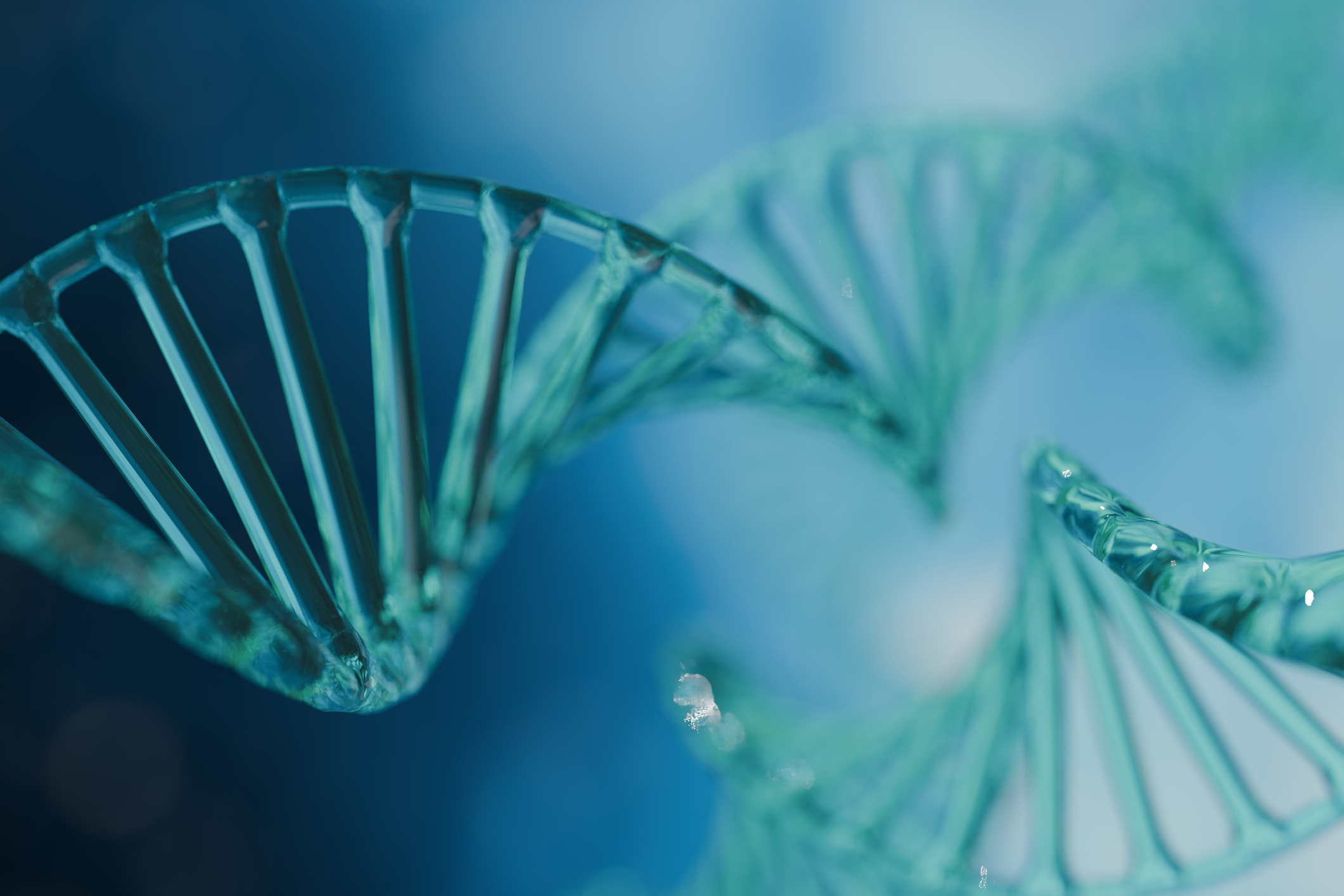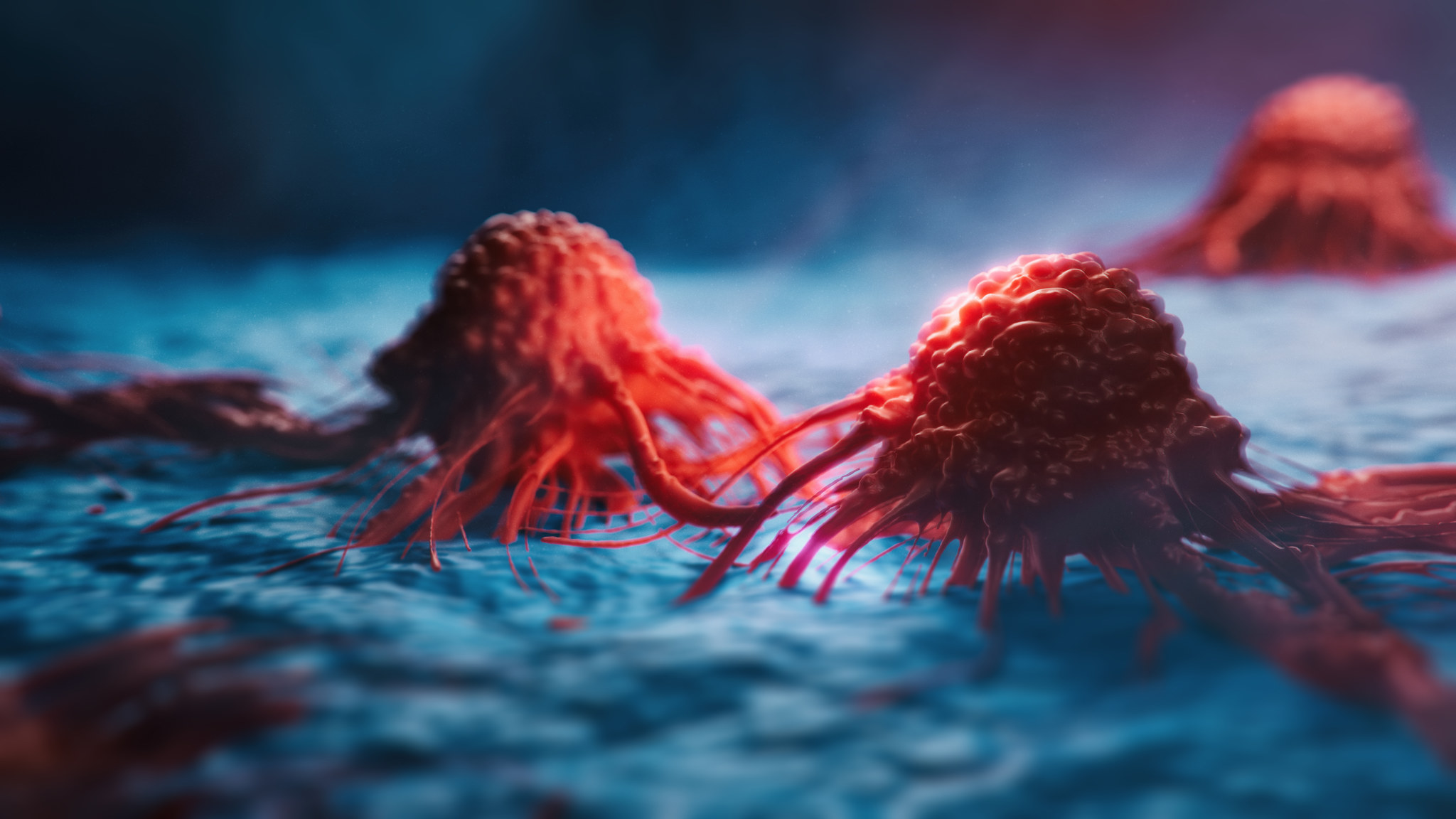
Northwestern Medicine investigators have discovered that specialized immune cells within the glioblastoma tumor microenvironment use a unique “feeding” mechanism that promotes tumor growth and treatment resistance, according to findings published in the journal Cell Metabolism.
The study, led by Jason Miska, PhD, assistant professor of Neurological Surgery, highlights the critical role of myeloid cells in promoting glioblastoma progression and suggests that targeting these cells may be a promising route for treatment.
Glioblastoma is the most common primary brain tumor in adults and is notably treatment-resistant. Currently, the average length of survival after diagnosis is an estimated 15 months and the average rate of five-year survival is less than seven percent.
Glioblastoma is notoriously difficult to treat because the tumors contain myriad cell types that promote resistance to traditional chemotherapy and immunotherapy, underscoring the need for more aggressive and effective targeted therapies.
“This disease is promoted by a hypoxic niche that drives several aspects of tumor growth and resistance to therapy, and understanding the mechanisms behind its growth can lead to new therapies,” Miska said.
Previous work has demonstrated that tumor-associated myeloid cells (TAMCs), which function as immune cells in the tumor microenvironment to promote tumor progression and immunosuppression, play a central role in glioblastoma growth.
In the current study, investigators aimed to characterize the metabolic phenotypes of TAMCs in tumor cells acquired from mouse models and patients with glioblastoma. Multi-omics analyses revealed that TAMCs coordinate within tumor cells to produce creatine, an amino acid, which they then “feed” to the tumor to support tumor cell growth and survival.
“The creatine that is fed to glioblastoma increases their survival under stress, promotes stem-cell phenotypes, and ultimately contributes to tumor progression,” Miska said.
The investigators also discovered that disrupting this creatine transport process with a small molecule inhibitor (RGX-202-01) slowed tumor growth and enhanced the effectiveness of radiation therapy in glioblastoma tumor cells in vivo.
According to the authors, the findings suggest that inhibiting this creatine uptake “feeding” mechanism in TAMCs in glioblastoma may be a promising treatment strategy for slowing tumor progression and improving treatment response.
Aida Rashidi, MD, a former postdoctoral fellow in the Miska laboratory, and Leah Billingham, PhD, a postdoctoral fellow in the Miska laboratory, were co-first authors of the study. Co-authors include Crismita Dmello, PhD, research assistant professor of Neurological Surgery; David Hou, a third-year medical student; Adam Sonabend, MD, associate professor of Neurological Surgery; Peng Zhang, PhD, assistant professor of Neurological Surgery; Atique Ahmed, PhD, the Allen Buckner Kanavel Professor of Neurosurgery; Daniel J Brat, MD, PhD, chair and the Magerstadt Professor of Pathology; Catalina Lee Chang, PhD, assistant professor of Neurological Surgery; Maciej Lesniak, MD, chair and the Michael J. Marchese Professor of Neurosurgery; and Navdeep Chandel, PhD, the David W. Cugell, MD, Professor of Medicine in the Division of Pulmonary and Critical Care and of Biochemistry and Molecular Genetics.
Miska, Dmello, Sonabend, Zhang, Ahmed, Brat, Lee Chang, Lesniak and Chandel are members of the Robert H. Lurie Comprehensive Cancer Center of Northwestern University.
This work was supported by the Northwestern University RHLCCC Flow Cytometry Facility and a Cancer Center Support Grant (NCI CA060553).






